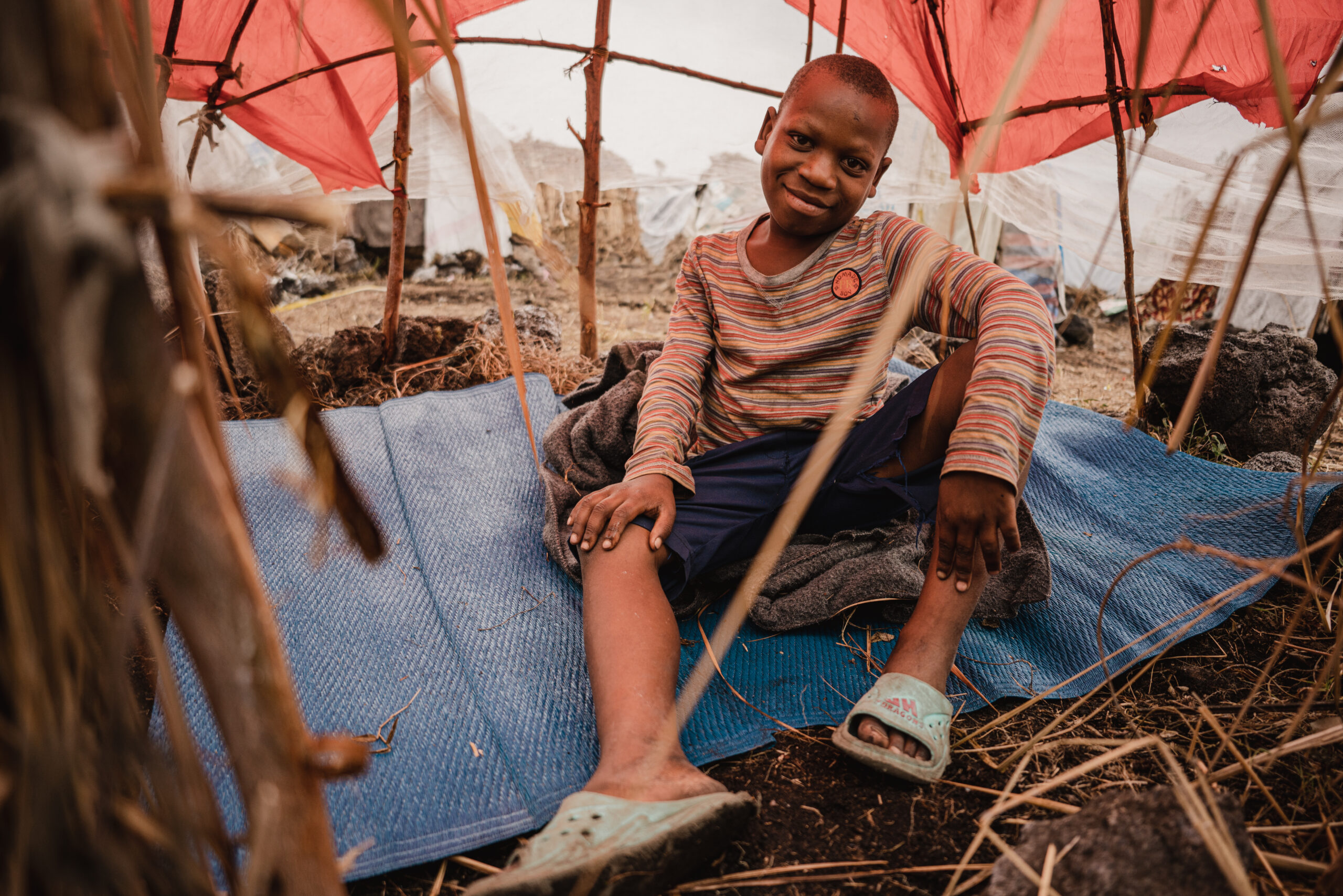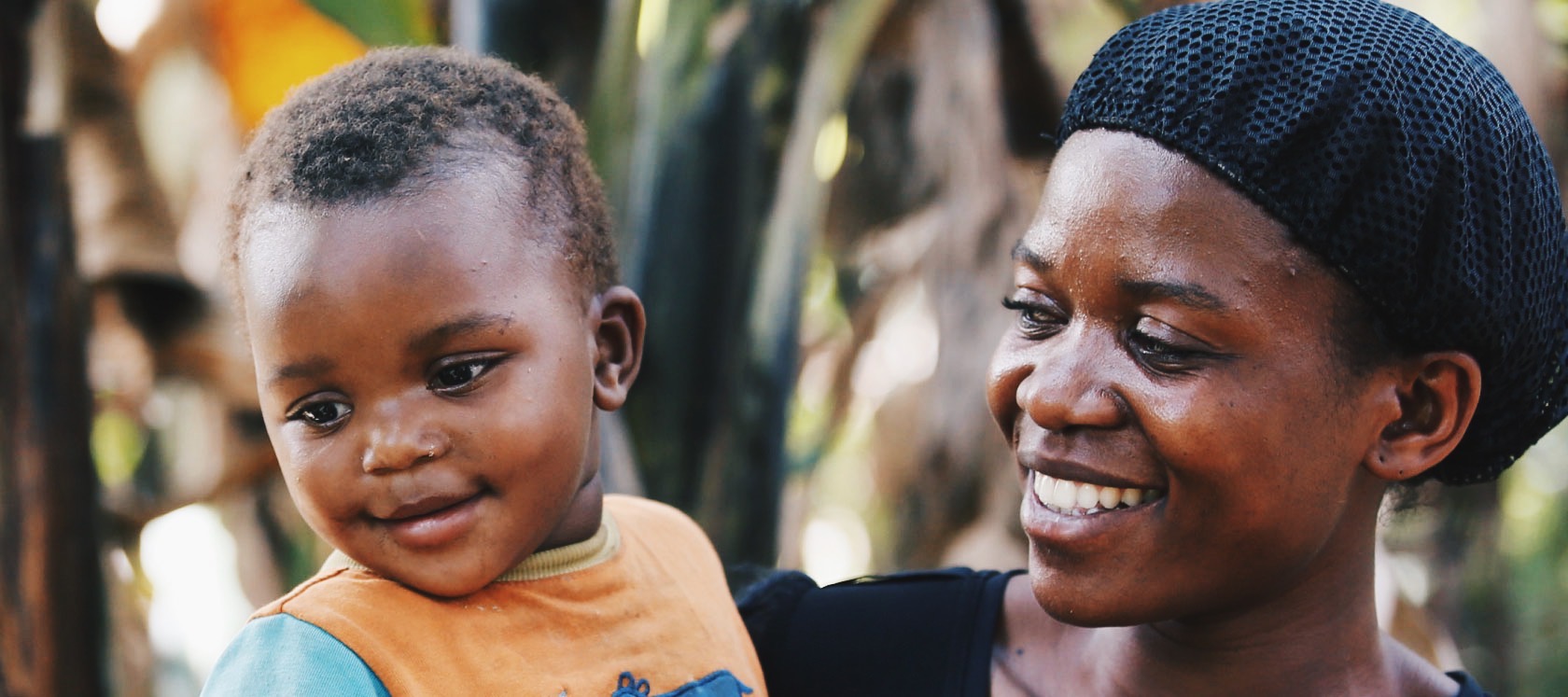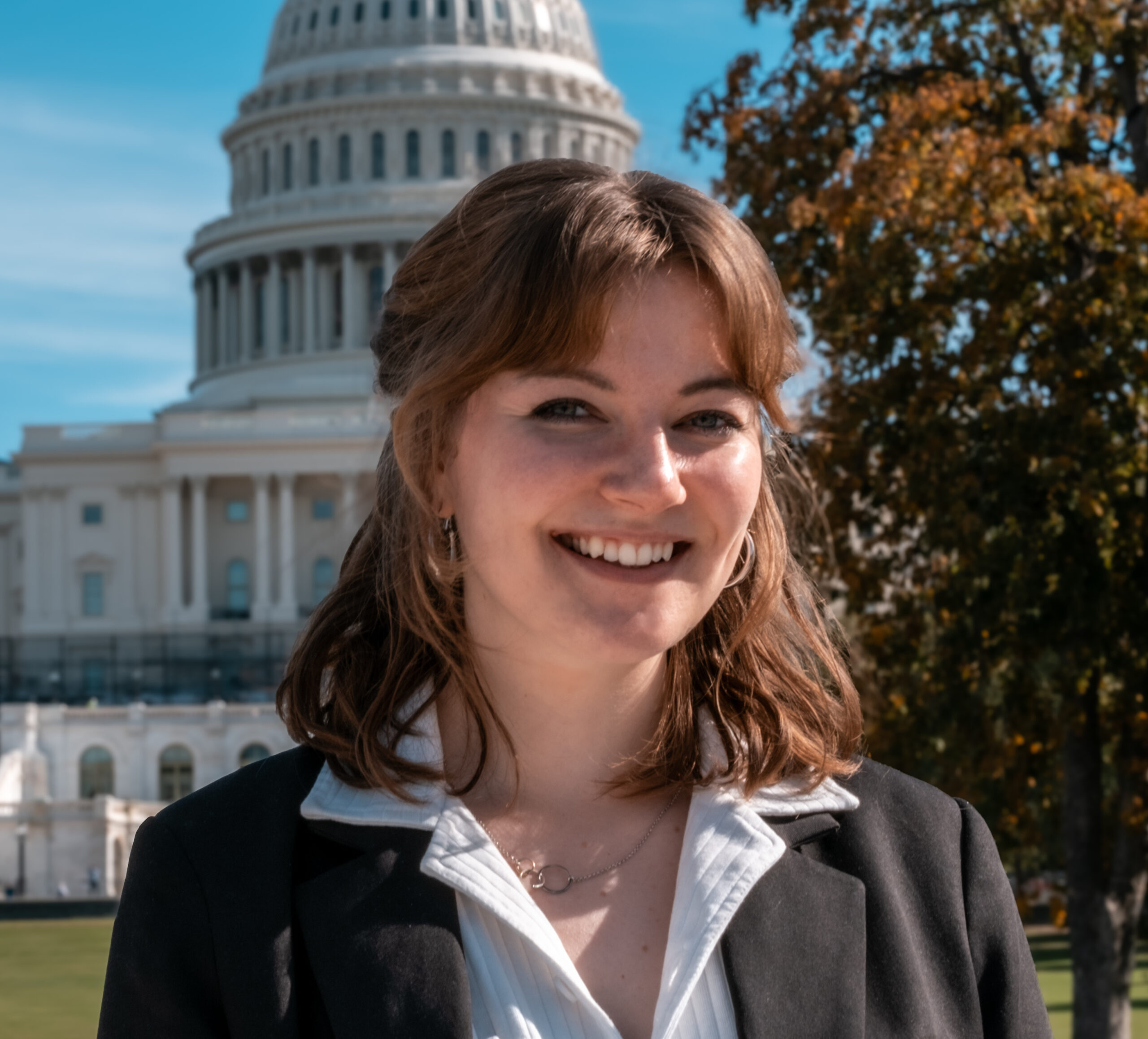The Silent Emergency of Rising Displacement
123.2 million people were forced to flee their home in 2024—that’s one in every 67 people on earth. This World Refugee Day, we are reminded of the urgent need to support forcibly displaced populations among surging conflict and health crises.

Today is World Refugee Day—a day for the recognition of the strength and courage of those who have been forced to flee their homes, and a sobering reminder of our responsibility to support them.
Coinciding with this moment of recognition is the recent release of the UN Refugee Agency’s (UNHCR’s) Global Trends report, which presents key statistical trends on refugees and internally displaced people (IDPs) worldwide. The 2024 report revealed another year of increasing numbers of forcibly displaced populations. Despite the leveling out of these numbers as of April 2025, progress is fragile—particularly among ongoing cuts to humanitarian aid—and the health of refugees and IDPs hangs in the balance.
The Global Picture
As global displacement has reached alarming heights, the world faces a mounting humanitarian crisis. By the end of 2024, an estimated 123.2 million people worldwide were forcibly displaced due to persecution, violence, disaster, and other destabilizing events. This means that a staggering one in every 67 people on earth has been forced to flee their homes—and 40% of them are children. In East Africa, the situation is particularly dire, with millions fleeing war-torn regions in search of safety, but without sufficient access to basic necessities, including healthcare.
Despite the dire statistics, the numbers have stabilized entering 2025. As of April, UNHCR estimates that the global number of forcibly displaced people has likely fallen slightly to 122.1 million—the first decline in displacement we’ve seen in over a decade.

So, the question arises: how do we maintain this progress amid funding cuts and decreased capacity to address displacement globally?
Well, the answers range from multilateral cooperation to peacebuilding to uplifting displaced voices and prioritizing their actual needs. But there is one key element that is foundational to all the others; ensuring that refugees and IDPs have access to critical health services.
What Conflicts are Driving the Numbers?
Globally, the number of forcibly displaced people nearly doubled in the last decade, with the rate of increase slowing only marginally in the back half of 2024. Frontrunning the crisis are the ongoing war in Gaza, which has led to an eruption of displacement in neighboring Lebanon between September and November of 2024; the dramatic rise in forced displacement from and within the Central Sahel due to intensifying violence; the civil conflict forcing millions to flee their homes in the eastern Democratic Republic of Congo; and the war in Sudan, which has spawned the largest displacement crisis the world has ever seen.
The violence in Sudan, which became the globe’s largest displacement crisis by 2024, has seen 14.3 million people displaced—almost one-third of the entire country’s population. This is a mere microcosm of the wider issue across the continent. Other countries in East Africa, including South Sudan, Ethiopia, and Uganda, are bearing the brunt of regional displacement, with large numbers of refugees and internally displaced persons (IDPs) seeking sanctuary across porous borders. Yet, these host nations, while generous, are grappling with their own challenges and increasingly strained health systems.

A Silent Emergency: The Overlooked Health Crisis
Among the endless challenges faced by forcibly displaced populations, health remains one of the most crucial—and yet often overlooked—issues. A safe return or resettlement cannot be ensured unless those being resettled are healthy.
Refugees and IDPs are disproportionately affected by diseases, malnutrition, and a lack of access to essential health services. Children bear a huge portion of the consequences. In UNHCR’s 2024 Annual Public Health Global Review, it was reported that children under five accounted for nearly a third of all reported deaths in refugee settings, many of which could have been averted through low-cost interventions. Moreover, one in 10 refugee children are afflicted by acute malnutrition, compounding the risk of mortality.
The absence of adequate medical care, sanitation, and nutrition makes these people especially vulnerable to infectious diseases such as cholera, malaria, and tuberculosis—several of which are seeing notable surges on the African continent this year. These diseases thrive in overcrowded refugee camps, creating a negative cycle of infection, lack of treatment, transmission, and more infection.
The Impact of Funding Cuts
In addition to the challenges already faced by displaced people, the current funding crisis is severely affecting public health for refugees and host communities. The systemic unraveling of vital services like maternal and newborn care, immunizations, and more is pushing overstretched local health infrastructure to the brink.

In South Sudan, for example, a major funding cut has crippled refugee health services, cutting off access to water, sanitation, and medical care for at least 500,000 people even as more refugees continue to arrive. Access to food, water, and healthcare for 4.6 million people in the Democratic Republic of Congo is at risk—a near-total collapse of their healthcare system. Only 17% of the UN’s 2025 Uganda refugee response is funded. The list continues.
And this silent emergency is boiling over. If declines in humanitarian aid and diminishing health expenditures in host countries continue, an estimated 12.8 million refugees–among them 6.3 million children—face the loss of lifesaving health services this year.
“The reverberations [of declining humanitarian aid] are profound. It is not only the refugees whose lives hang in the balance, but also the host communities—many of whom are living on the margins of survival themselves.“
Allen Gidrak Kahindo Maina, Chief of Public Health Section, UNHCR
Moving Forward: What can YOU do?
As the number of forcibly displaced people remains alarmingly high, the health of refugees and IDPs—both in East Africa and across the globe—must be a top priority. With millions facing deteriorating conditions, urgent action is needed to provide essential health services, protect vulnerable groups, and ensure that children everywhere get a healthy start to life.
We cannot afford to ignore the health crisis unfolding among refugee populations. This World Refugee Day, consider joining our efforts to reach one million refugee children in East Africa with lifesaving health services through our Healthy Start for Refugee Children initiative.
And—as always—we urge you to contact your policymakers. You can use our quick and easy petitions to send an email to your members of Congress or reach out to them directly.
The health of refugees and IDPs is not just an issue for the displaced—it is a global issue that requires a global response. By addressing the immediate needs of displaced populations, we are working towards a safer, more equitable world for all.
Contact Congress Today
Help deliver vaccines to more children by asking your members of Congress to strongly fund global immunization programs.
Take Action

